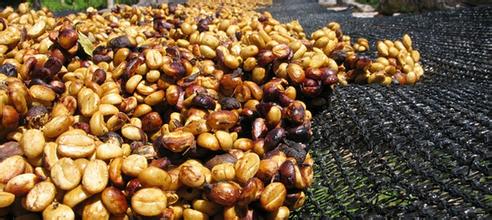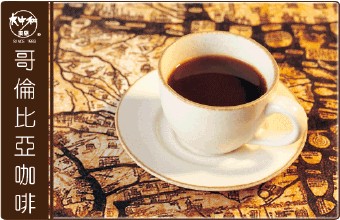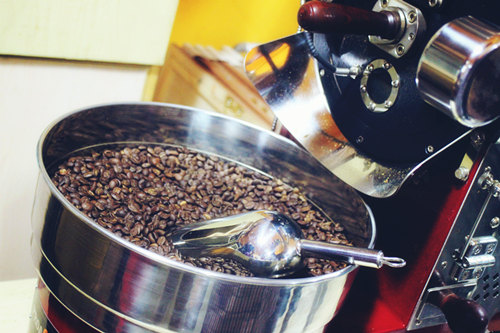Coffee Technology: Misael Sauceda Honey treatment at Nicaragua Manor, Nicaragua

The planting conditions in Nicaragua are not inferior to those in Central American countries. Coffee with shade at high altitude is grown in a round and balanced taste with less sharp acid. The main unknown factor is war and hurricanes, resulting in the unsustainable operation of a single farm. There is no historical data for raw bean merchants to track and consult farm data, until after 2003, the bad factors leading to coffee quality are removed, and backward traffic is also fully built. Good coffee continues to emerge. As a laggard, they have made quite a sensation!
Tianyi Manor, located in Dipilto, grows coffee on 10 plots above 1350 meters above sea level. When the current landowner Misael Sauceda Olivera inherited from his father, there were only two plots for planting and development, and then he bought land from his neighbors, which has grown to its present scale. Thanks to the efforts of the manor owner Misael Sauceda Olivera, Tianyi Manor has been shortlisted for many times in COE, while constantly making progress, improving the coffee planting conditions and coffee bean processing mode in the manor. It was still ranked 24th in 2007, rose to the fourth place in 2008, and was in high spirits in 2012. Won the runner-up.
Country: Nicaragua
Planting area: Tianyi Manor
Planting altitude: 1000-1500 m
Bean seed: red Kaduai Red Catuai
Treatment method: honey-treated Honey
Cup test information: tobacco, cocoa, pear, malic acid, pleasant, medium alcohol thickness tabacco, cacao, pear, malic
Pleasant, mid body
Cup test score: 86.5
Source: network
Important Notice :
前街咖啡 FrontStreet Coffee has moved to new addredd:
FrontStreet Coffee Address: 315,Donghua East Road,GuangZhou
Tel:020 38364473
- Prev

Introduction of coffee producing areas: the location of geographical markers has a great influence on Karumbia coffee beans.
In 1959, only 4% of Americans knew about Colombian coffee, and now 92% do. The credit for bringing Colombian coffee to the world is the Colombian National Federation of Coffee growers. On the occasion of the World Geographical indications Congress in Beijing, the reporter interviewed Luis Fernando Sambel, president of the International Association of Geographical indications, who is also a national coffee grower in Colombia.
- Next

Coffee technology: introduction to the type classification and characteristics of coffee roasting degree
There are three common types of roaster, namely, hot air type, direct fire type, and semi-direct fire semi-hot air type. Next, I would like to introduce to you the characteristics of the three models. 1. Hot air type: a hot air roaster uses a blower to suck in air. After letting the air pass through a heating coil to raise its temperature, hot air is used as a heating source to bake coffee beans. Hot air can not only provide baking.
Related
- What is the meaning of lactic acid fermentation with coffee bean treatment?
- How to judge the state of foam by sound?
- How does the latte pull out the unicorn pattern? Come to get for a little trick to improve the flower pull!
- Will flower pulling affect the taste of the latte?
- Do you know the history of coffee?
- The difference between honey treatment and sun washing what is raisin honey treatment?
- What kind of milk can a novice use to make coffee foam to keep the foam longer? The correct method and skills of milking tutorial sharing
- Why do washed coffee beans taste sour? Flavor characteristics of washed Coffee
- Introduction to the skill of how to practice the size and height of water injection around the circle of hand-brewed coffee
- How do beginners practice coffee flower drawing from scratch?

